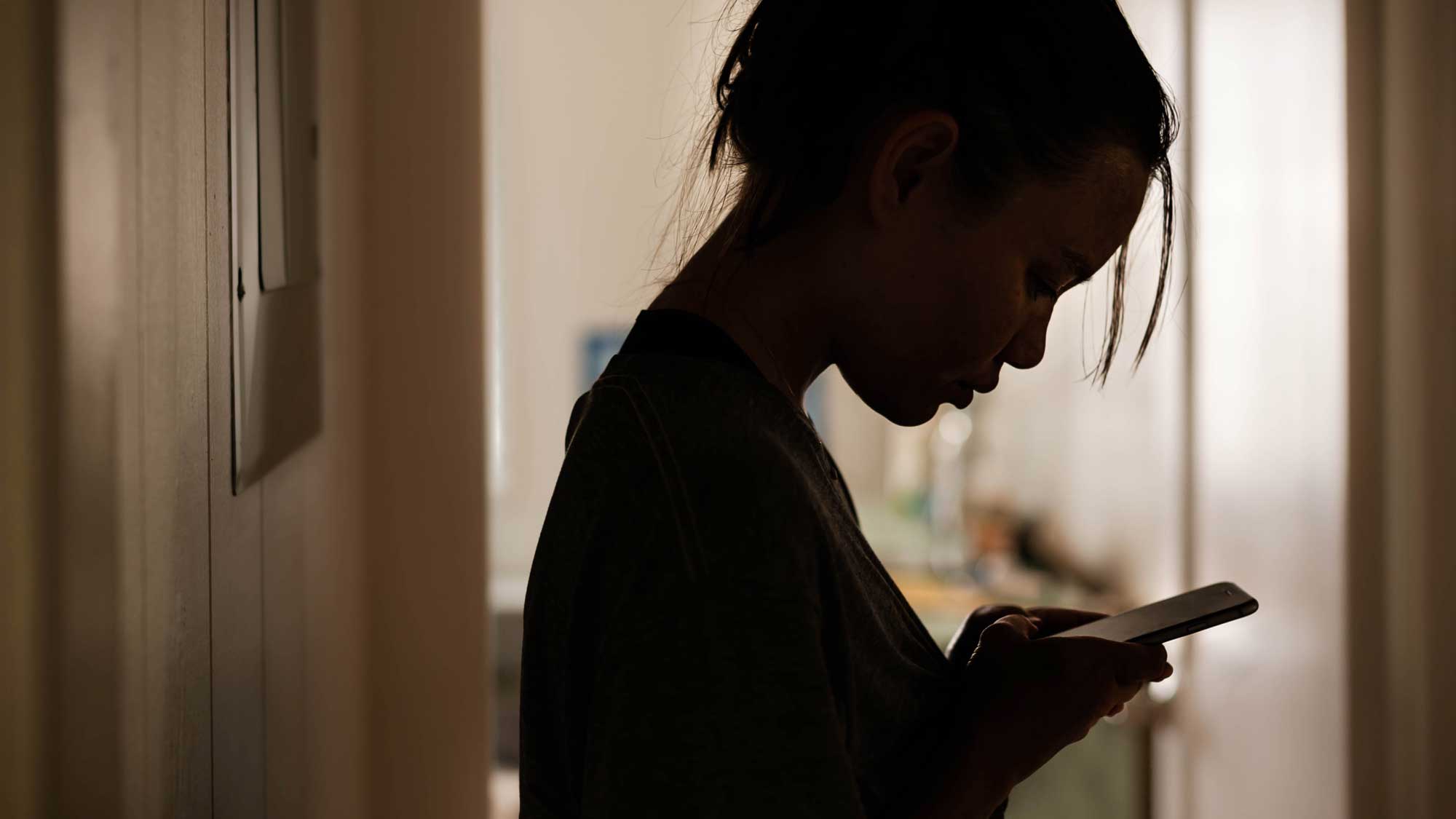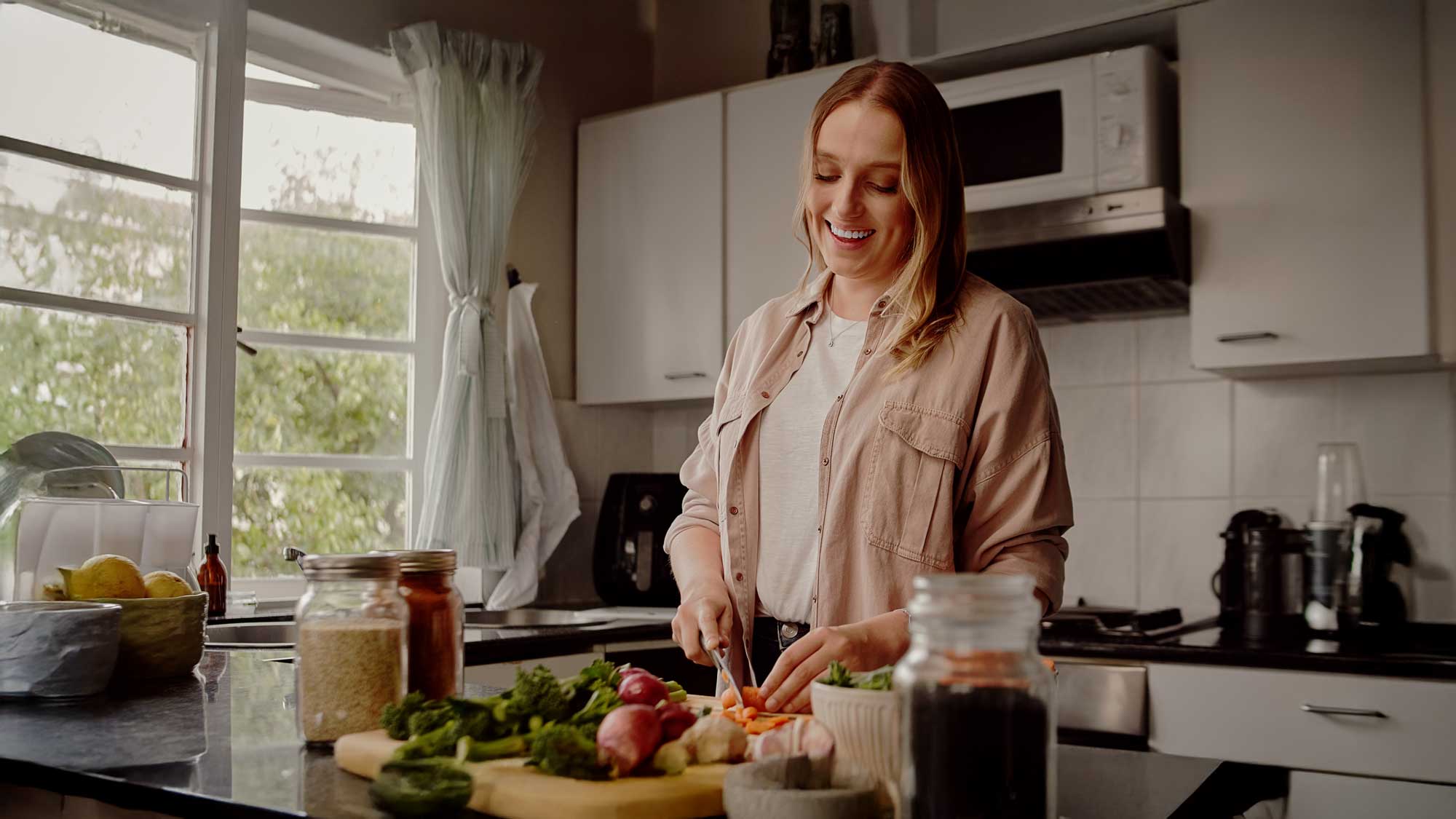We live in stressful times. Between worrying about work, family, and finances, it’s not surprising that Americans are some of the most stressed-out people in the world. There isn’t an easy solution, either—otherwise, we’d all just do it. But luckily, there is one simple thing you can do to significantly impact your mood and overall experience of stress: walk.
Does that sound too good to be true? Fortunately, it isn’t. Numerous studies have shown that walking not only improves your physical health (preventing high blood pressure, heart disease, excess weight gain, etc.), but also instantly has a surprising effect on your brain. It’s science: Researchers at New Mexico Highlands University (NMHU) discovered that while you walk, the foot’s impact against the ground sends pressure waves through the arteries that increase the supply of blood to the brain. It’s the same phenomenon we experience when we can’t seem to solve a problem while sitting down, then after pacing or walking around for a bit, suddenly see a new solution.
Walking not only helps improve the spirits of healthy people, it’s also been found to make a significant difference for people with mental disorders, including anxiety and depression. One study at Johns Hopkins University even showed that an increase in physical activity such as walking had pronounced effects on a subset of study subjects who had Type 1 Bipolar Disorder.
Whether you’re managing a mental health issue or just looking to counteract the negative impacts of stress, walking is a proven solution that you can put into practice today. But when you have a busy schedule, incorporating a walk might sound impossible. How are you supposed to find time to walk, when one of the reasons you’re stressed in the first place is that there doesn’t seem to be enough time to get everything done?
The recommended amount of daily exercise is thirty minutes, so if you can spare half an hour for a walk, you are all set. But for those of us who commute and just can’t seem to find the time, there is some good news: Even fifteen minutes of walking a day can get you incredible benefits. In fact, even though that low level of daily exercise is half the recommended amount, studies are finding that fifteen minutes a day equals a 22% reduced risk of death in older adults, compared to those who are inactive. And wherever we’re finding physical improvements, we’re also seeing mental benefits. On days when you can’t find even fifteen free minutes, just five minutes is significantly better than nothing. Here are some ways you can sneak five to thirty minutes of walking into your day:
- Pace around the kitchen while you wait for your coffee in the morning
- Take the stairs instead of the elevator (in fact, take the stairs to the floor above or below yours anytime you need the bathroom.)
- Have some fun with it! Bring your grocery bags in one at a time. When you get the mail, bring the envelopes in one at a time.
- If you have a conference call and can be away from your computer, call in on your cell phone and go for a walk outside while you listen.
- If you can get to work fifteen minutes early, park fifteen minutes away and walk (that’s thirty minutes total, since you’ll have to walk back to your car after work.) For a quick alternative, just take the farthest parking spot to add five minutes of walking to your day.
There are dozens of ways to make walking a part of your life without really changing your schedule at all. And the benefits to your mental health are worth it. Whenever things get to be a little too much, just remember: A walk a day keeps the stress away.






